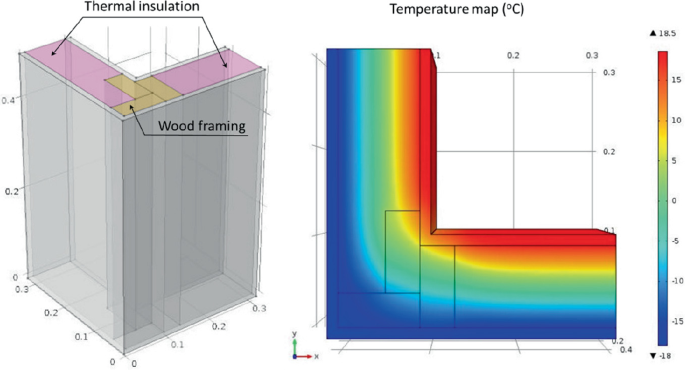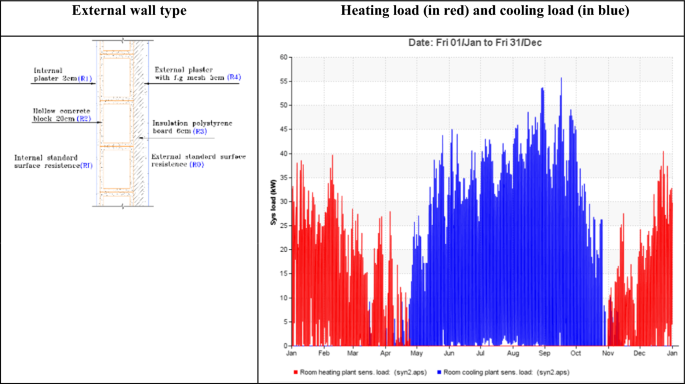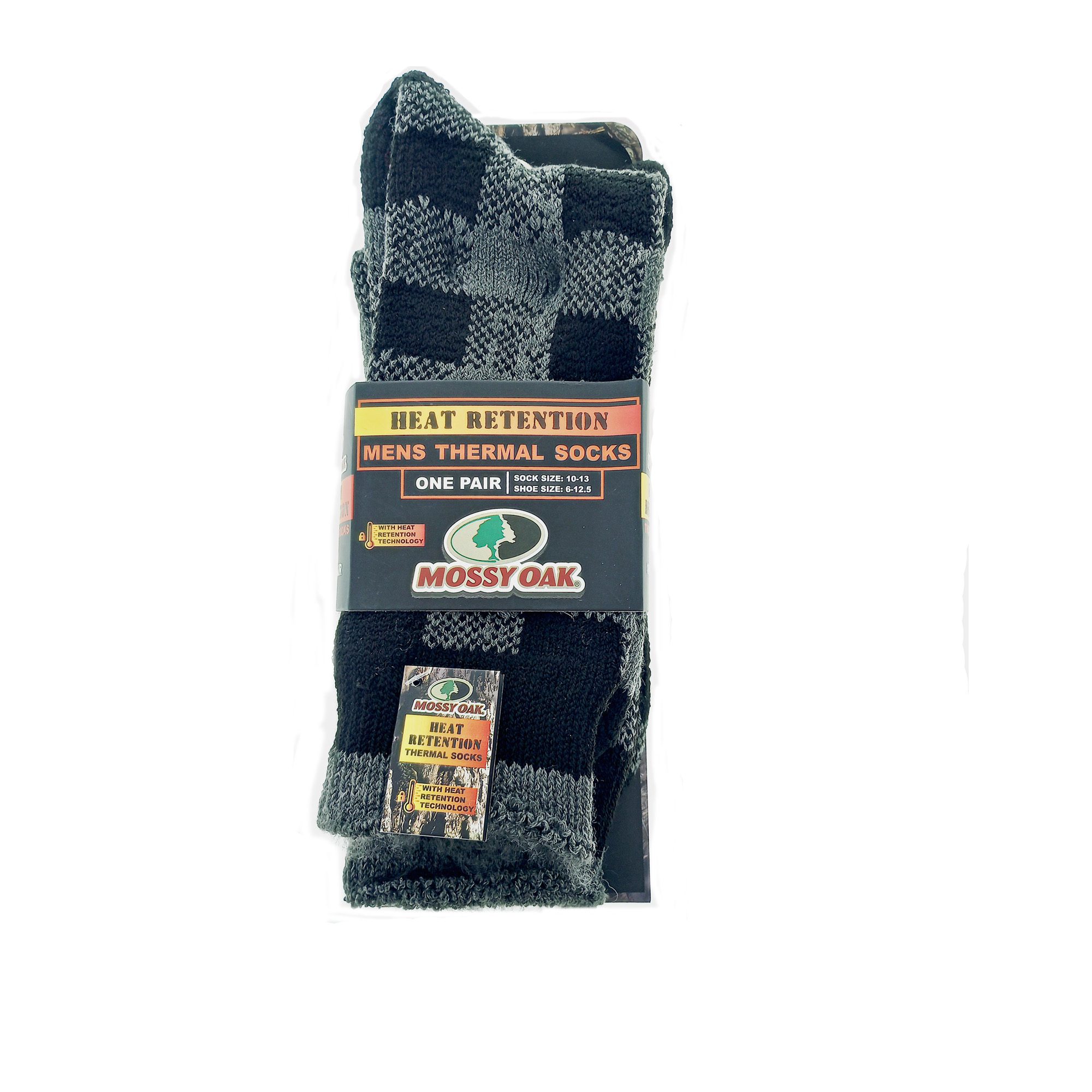PDF] INFLUENCE OF THERMAL EXCHANGE COEFFICIENT ON THE HEAT RETENTION RATE OF A CONCRETE WALL CONTIGUOUS TO A THERMAL INSULATION TOW-PLASTER

By A Mystery Man Writer
In this article, we study the influence of the heat transfer coefficient on the heat retention rate per unit length of a wall made of concrete attached to the tow-plaster. The study is done in frequency dynamic regime established conditions. For different values of the exciting pulse, we evaluate the thermal inertia of the wall. The wall has a length of 0.1m including 0.05m of concrete and 0.05m thermal insulating plaster-tow. The thermal conductivity of concrete is about 10 times greater than that of the tow-plaster material. The results show that the thermal behavior of the wall depends partly outdoor climatic constraints. The duration of the outdoor climatic stresses related to the excitation pulse is an important factor on the thermal inertia of the wall. The thermal inertia of the wall is also dependent on the heat exchange coefficient on the surface of the material, its thermophysical properties and initial temperature of the material.

Coatings, Free Full-Text

Thermal Efficiency of Insulation in Building Structures—The Impact
Building Guidelines, Part L 2022

Compre Special Project (PPE &IPE), PDF, Boiler

Comparative analysis of residential building envelopes newly

PDF) Influence of Thermal Exchange Coefficient on the Heat

Thermal performance of cavities in 3DPC building façades

PDF) A Review of Models for Heat Transfer in Steel and Concrete

Thermal bridge - Wikipedia

Heat and Mass Transfer [7 ed.] 9789352533848

The influence of different clay/sand ratios on the hygrothermal

Passive and Low-Energy Cooling Building America Solution Center

Thermal insulation of buildings through classical materials and
- Retained Heat Cooking: The Secret to Stretching Your Fuel Supplies - The Provident Prepper

- Shade/Heat Retention System - Conley's Manufacturing and Sales
- Retained Heat Cooking

- Taking into consideration the thermal conductivity, emissivity, and capacity, which material is best for heat retention between stainless steel, wood, porcelain, or marble? - Quora
- MOSSY OAK HEAT RETENTION THERMAL SOCKS - BLACK PLAID - ONE PAIR MO-TH97-BLK

- Умная колонка Braven Ready Elite (серый) купить недорого в Минске, цены –
_4.webp)
- Best Deal for Poop Boxers Plus Size 2 Piece Lingerie for Women Strappy

- 2021 Chery Tiggo 8 Pro - Wheel & Tire Sizes, PCD, Offset and Rims

- LOOMSTATE Women's Ethos Mist Graduated Low Waist Bootcut Jeans Sz 25 NWT

- Skinny Stretchable Womens Slim Fit Jeans, Waist Size: 30 at Rs 365/piece in Delhi
